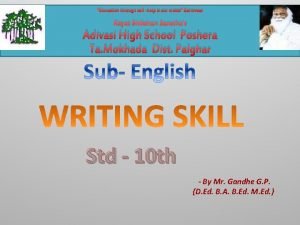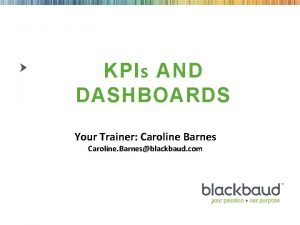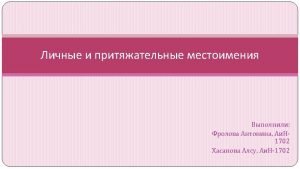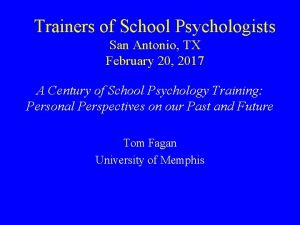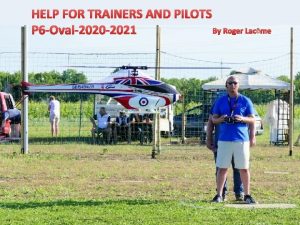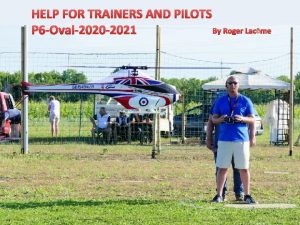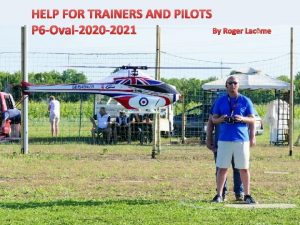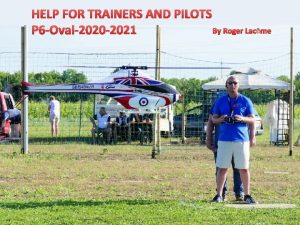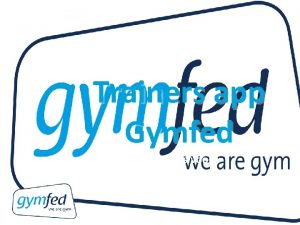HELP FOR TRAINERS AND PILOTS P 6 Oval2020






- Slides: 6

HELP FOR TRAINERS AND PILOTS P 6 -Oval-2020 -2021 ô

P 9: 180° Autorotation (DU) K=1. 0 • MA flies straight and level for a minimum of 10 m at a minimum altitude of 20 m. • Manoeuvre begins when model aircraft crosses an imaginary plane that extends vertically upward from a line drawn from the center judge out through the helipad. • MA must be in the autorotation state when it cuts this plane, the engine must be off (or at idle) at this point and the MA must be descending. • The 180° turn must start at this point and the turning and descending rate must be constant from this point to a point just before touchdown on the helipad. • The flight path of the MA must appear as a semi-circle when viewed from above, starting at the vertical plane and ending at a line drawn from the center judge through the helipad. • The MA's flight path must never be parallel to the ground or judge's line. • Scoring criteria for landing: See ANNEX 5 E Paragraph 5 E. 6. 11.

There is a small problem with the description of the figure concerning the word “manoeuver begins” when the figure started well before! Clarification: The start of the figure must be given at least 10 m before the center line. The 180 ° turn and the descent must begin as soon as the center line is crossed. Comments: We must not believe that this figure is easy, not at all, the final score maybe only 4 points or less, even if the helicopter has landed in the middle of the central circle, and there when the pilot see his note, he does not understand! There are six important points for this figure: ● The helicopter must be autorotation when it crosses the center line (thus with the engine off). ● The turn must begin at the intersection of the center line. ● The 180 ° bend must have a constant radius and not an oval! ● The rate of descent must be constant. ● The turn must end when the helicopter lands in the center circle. ● The end of the trajectory must not be modified because it is during this end phase that there is the most penalty points. The most difficult maneuver is to make a turn with a constant radius. For this, it is especially important that the helicopter does not make a straight line after crossing the center line (even very short) because since the helicopter already tends to shift to the right because of the wind this small straight line accentuates the phenomenon and therefore the radius of the turn can no longer be constant (therefore oval), moreover in this case the risk of ending the autorotation with a straight line is practically inevitable, and the penalty for a straight line is 2 to 4 points according to its importance! I recall a specific point on this subject which is written in Annex 5 E in 5 E. 6. 11:

Class F 3 C, Annex 5 E – Judges Guide 5 E. 6. 11. AUTOROTATIONS An autorotation begins when MA crosses an imaginary plane that extends vertically upward from a line drawn from the centre judge out through the centre of the 1 m helipad. MA must be in the autorotation state when it cuts this plane, the engine power must be reduced to idle (or off) at this point and the MA must be descending. During the manoeuvre, the forward speed and rate of descent should be constant, which means that the angle of the flight path is also constant. After landing the MA must be parallel to the judges’ line. If the flight path is stretched, shortened or deviated from, to reach a circle the manoeuvre must be downgraded. The original flight path gives a basic maximum score according to the description and there will be additional downgrades of 1 or 2 points depending of the severity of the deviation. For example: If the flight path clearly points to a landing close to flag 1 (2) and the path is stretched to reach a circle, the score can only be a maximum of 6 (outside the circles) and there will be an additional downgrade of 2 points for the stretch, so the score can only be a maximum of 4. If the model lands without stretching, the maximum score would have been a 6. Therefore, stretching the flight path must never lead to a higher score. Scoring criteria for Autorotation landings: Landing gear inside 1 m circle = Maximum 10 points. Rotor shaft points to inside of 1 m circle = Maximum 9 points. Landing gear inside 3 m circle = Maximum 8 points. Rotor shaft points to inside of 3 m circle = Maximum 7 points. Rotor shaft points to outside of 3 m circle = Maximum 6 points.

This is why I insist that the pilot and the trainer must read the description of each figure, paragraph 5 D. 1 general, as well as the appendices. It is therefore imperative that the helicopter begins the turn as soon as it crosses the center line, then slightly slow down the travel speed by tightening the turn well, always for the same reason, the helicopter must not shift to the right. The last meters of the turn just before the landing are very important, it is important not to change the trajectory, because it amounts to cheating and this is severely penalized. Trajectories and penalties in the second document.

Thanks for your interest Training by Roger Lacôme Power Point by Eladi Lozano For Subcommitte the F 3 CN CIAM-FAI
